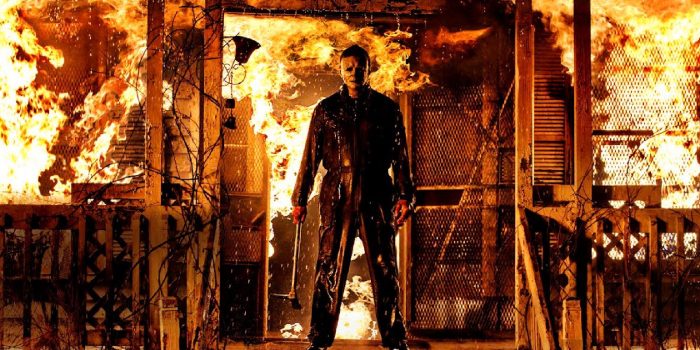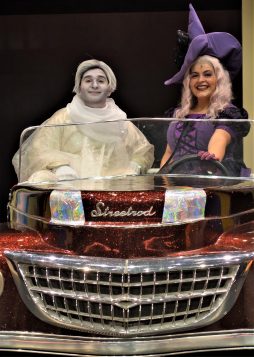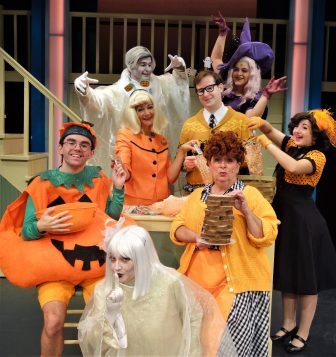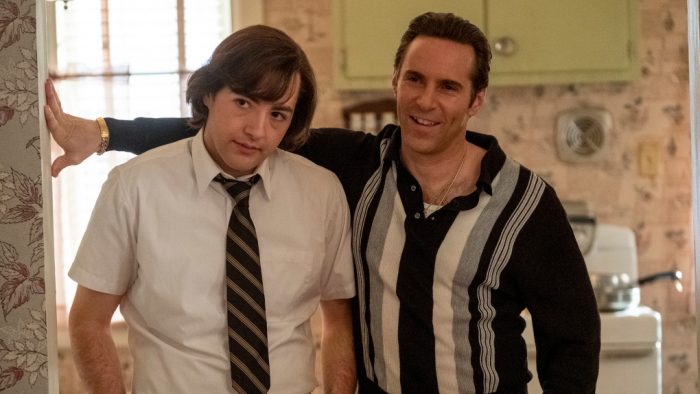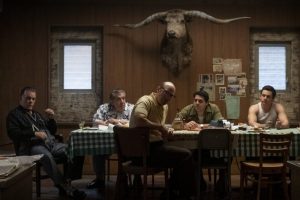Reviewed by Jeffrey Sanzel
“Readers decide our future. Not any branch of government.”
Sixty-five million Americans live in news deserts—counties with only one local newspaper or none at all. In the past fifteen years, one in four newspapers has shuttered in the U.S. Storm Lake, the fascinating documentary by Jerry Risius and Beth Levison, follows The Storm Lake Times, a family-run paper located in Buena Vista County, Iowa. Operating at break-even, The Times, a twice-weekly paper, is one of the last of its kind.

Located in the northwest corner of the state, Storm Lake is home to about 11,000 residents. Originally an almost exclusively Caucasian community, it now contains a large Latino population. Tyson Foods employs over 2,200 workers at its hog slaughterhouse, meatpacking plant, and turkey processing plant.
In ninety well-crafted minutes, Storm Lake offers a portrait of the small-town newspaper industry and a family whose goal is to keep it alive. Founded in 1990 by John Cullen, The Storm Lake Times’ face and voice is Art Cullen, John’s brother. Art, a benign curmudgeon and county’s Democratic voice, presents somewhat like a hippie Mark Twain. At age 59, he received the 2017 Pulitzer Prize for Editorial Writing. He “ask[s] the big questions, speak[s] truth to power, and share[s] the struggles and successes of his unique community.” The paper is a liberal bastion in the predominantly conservative area.
The Times has ten employees, including Art’s son, Tom, who is the main reporter. Founder John explains that he donates his salary because he is on Social Security. Art’s wife, Mary, can be seen taking pictures and writing features. Art’s sister-in-law provides the recipe column. The family dog, Peach, lolls on the office floor or rides along with drop-offs.
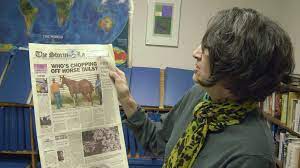
The film smartly divides its focus between the big and small pictures. As a result, the day-to-day life of the paper contrasts with larger events. Advertising is the lifeblood of any paper, and The Storm Lake Times grapples with filling its quota. Most of the revenue derives from mom-and-pop stores, but large corporations have driven many out of business.
There are many happy stories: births, local celebrities, “Miss Pigtails,” educational advancements, and county fairs. Local government is given the same weight as national politics. For their readers, garbage pickup is more important than a presidential hopeful’s visit. “Local journalism is the heart of telling the local story.” The report on Ice Out Day, when the ice melts, encompasses a reference to climate change. The Times follows a local Tyson plant worker who is moving forward on a Spanish language talent show.
The paper never shies away from addressing issues of prejudice, extremely important in its growing immigrant community. The story of eight-year-old Julio Barroso, who was deported along with his family, is highlighted; the staff tracked him down in Mexico twenty-two years later. In addition, a partnership is developed with the Spanish paper La Prensa to share content and ads.
The staff listens to its community and responds to their thoughts and criticism. “There are consequences for everything we do, and we feel that feedback immediately,” says John.

Broader politics included the coverage of The Heartland Presidential Forum, with major Democratic candidates speaking: Art Cullen was the draw. He interviewed Elizabeth Warren, Julio Castro, and Amy Klobuchar, among others. The Iowa Caucus occupies much of the middle and latter half of the film. But even here, there is a discussion about the cutting down of the paper’s TV listings from eighty channels to thirty-one to save space and money. Risius and Levison never lose sight of the myriad challenges.
The end of the film deals with the COVID crisis, and specifically, the Tyson plants. The Storm Lake Times reported on the disproportionate number of immigrants endangered by their work in unsafe conditions. Art states that this is “subtle racism—but racism all the same.” The Tyson operation became the hottest spot in the country for COVID cases.
The denouement shifts briefly to the paper’s labors to survive the pandemic when “ads fell off a cliff,” and Art and John thought of closing the paper. Fortunately, with a go-fund-me and other support, The Storm Lake Times survived. With its new website, it reaches 1.2 million readers per month.
Storm Lake contains the expected filler of printing and binding papers, along with stacks dropped off in stores and machines. Occasionally, there is something meta about the documentarians shooting the television on which Art appears on a talk show. But there are wonderful extended quotes from many of Art’s insightful and passionate editorials. In addition, the documentarians know when to let the film breathe: a talk about feeding the dog, a discussion of a new shirt, or briefly watching Art pick the cashews out of a can of mixed nuts all add to the humanity.
In a world where people want their news for free, Storm Lake is a powerful and important reminder about local journalism’s responsibility, value, and contribution. The film ends on the hopeful note that good journalism elevates a community by reporting on what is good.
“You can change the world through journalism. The reporter is the cornerstone in a functioning democracy. And without strong local journalism, the fabric of the place becomes frayed.”
For a free viewing of the film, visit www.pbs.org/independentlens/documentaries/storm-lake/.







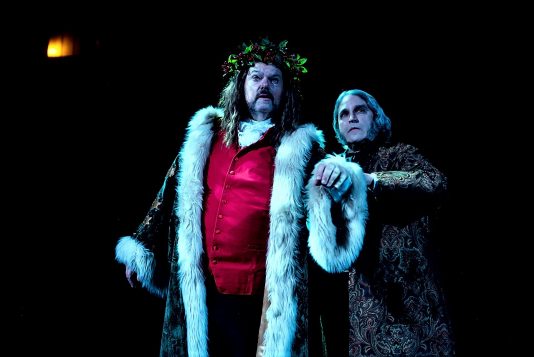
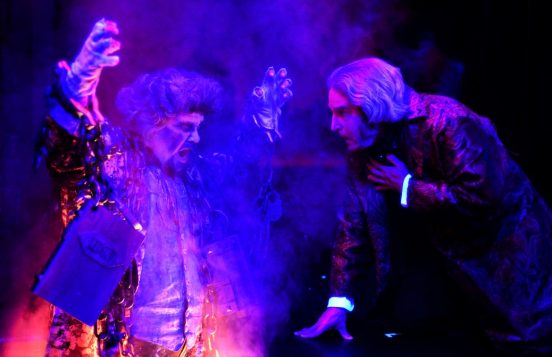
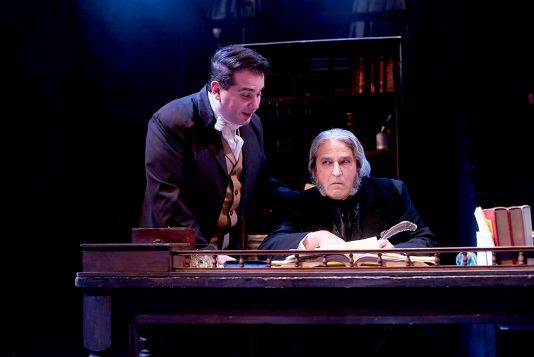
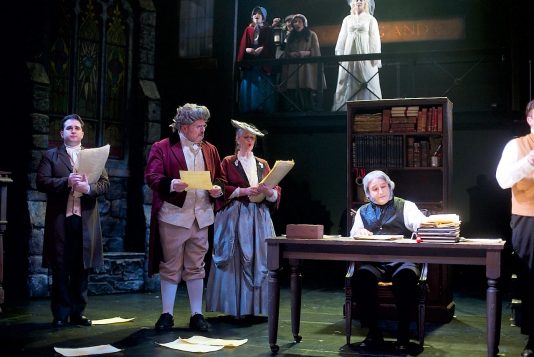
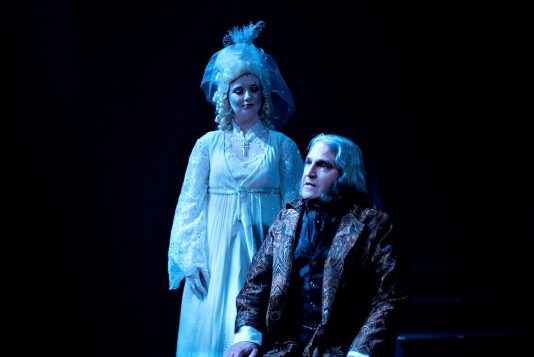
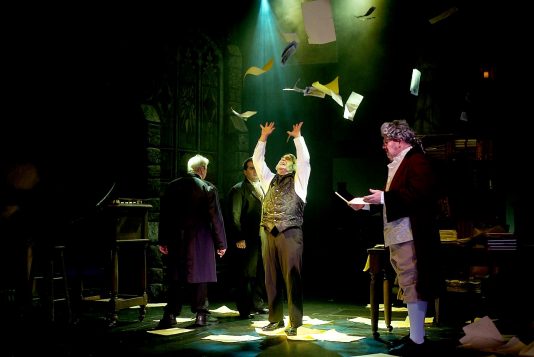
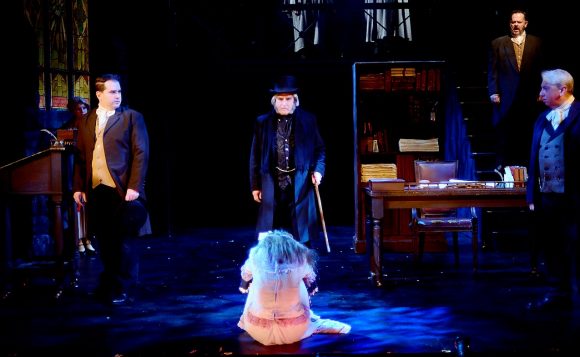
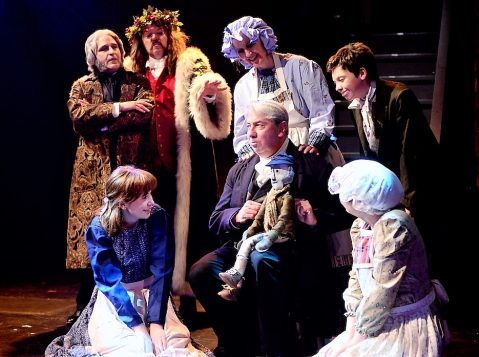
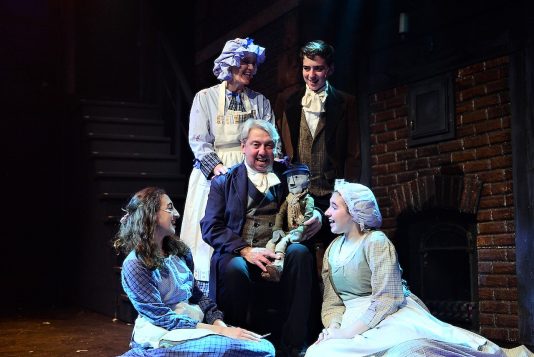

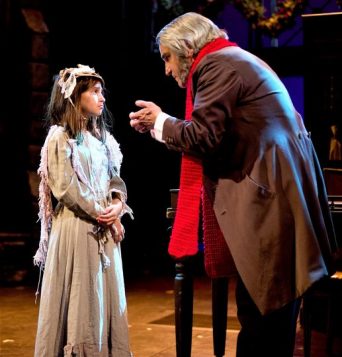
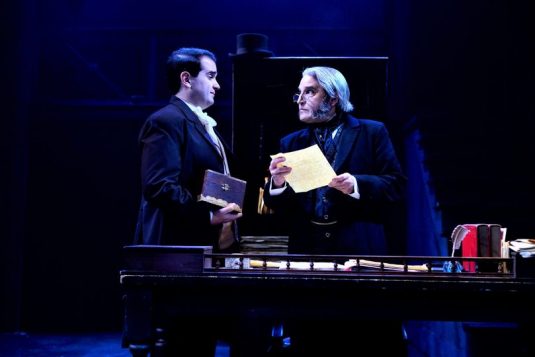
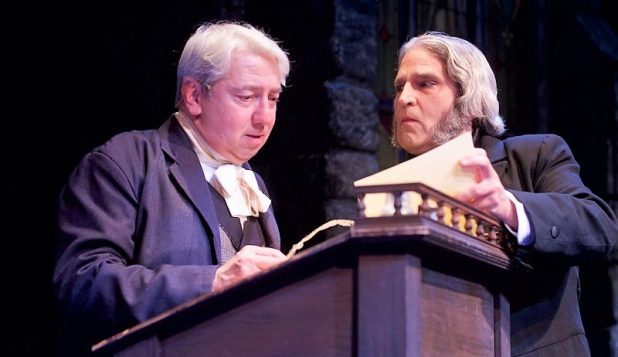
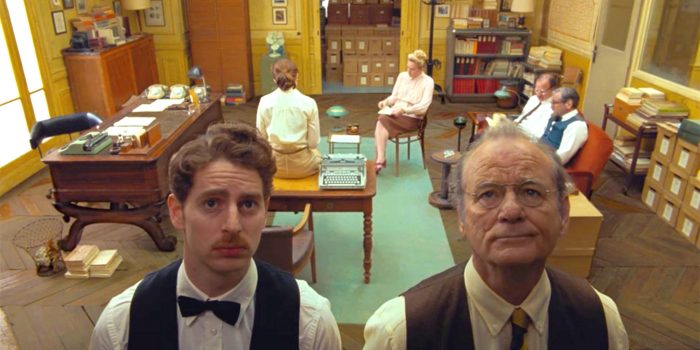



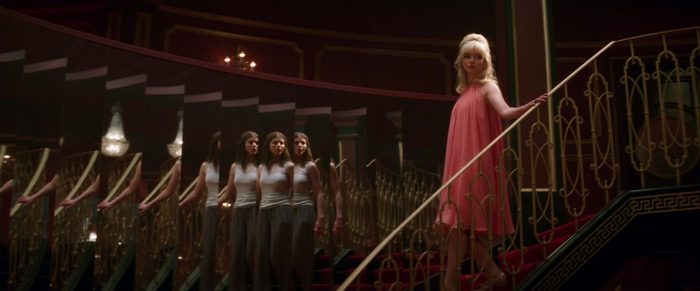



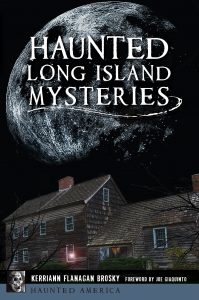 The book contains accounts of orbs of light, dark silhouettes, footsteps in the middle of the night, and slamming doors. There are rooms where the temperature is exceptionally and inexplicably cold. There are scents with no source. But it is not about things that go bump in the night (though many do, including the voice of a screaming woman). Instead, it is about the energy and the presence (perhaps more blessed than haunted). Most of the encounters are with benign and even welcoming entities. Whether focusing on a member of the Culper Spy Ring, a library custodian, a mother guilty of filicide, or victims of a shipwreck, Brosky shows respect for her mission.
The book contains accounts of orbs of light, dark silhouettes, footsteps in the middle of the night, and slamming doors. There are rooms where the temperature is exceptionally and inexplicably cold. There are scents with no source. But it is not about things that go bump in the night (though many do, including the voice of a screaming woman). Instead, it is about the energy and the presence (perhaps more blessed than haunted). Most of the encounters are with benign and even welcoming entities. Whether focusing on a member of the Culper Spy Ring, a library custodian, a mother guilty of filicide, or victims of a shipwreck, Brosky shows respect for her mission.